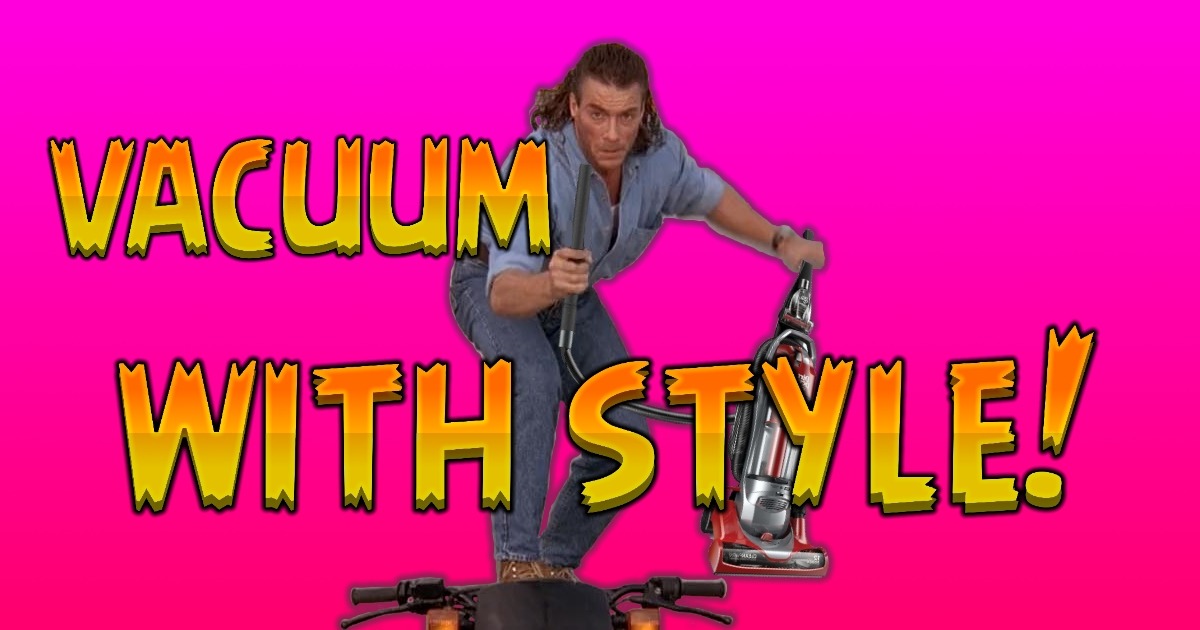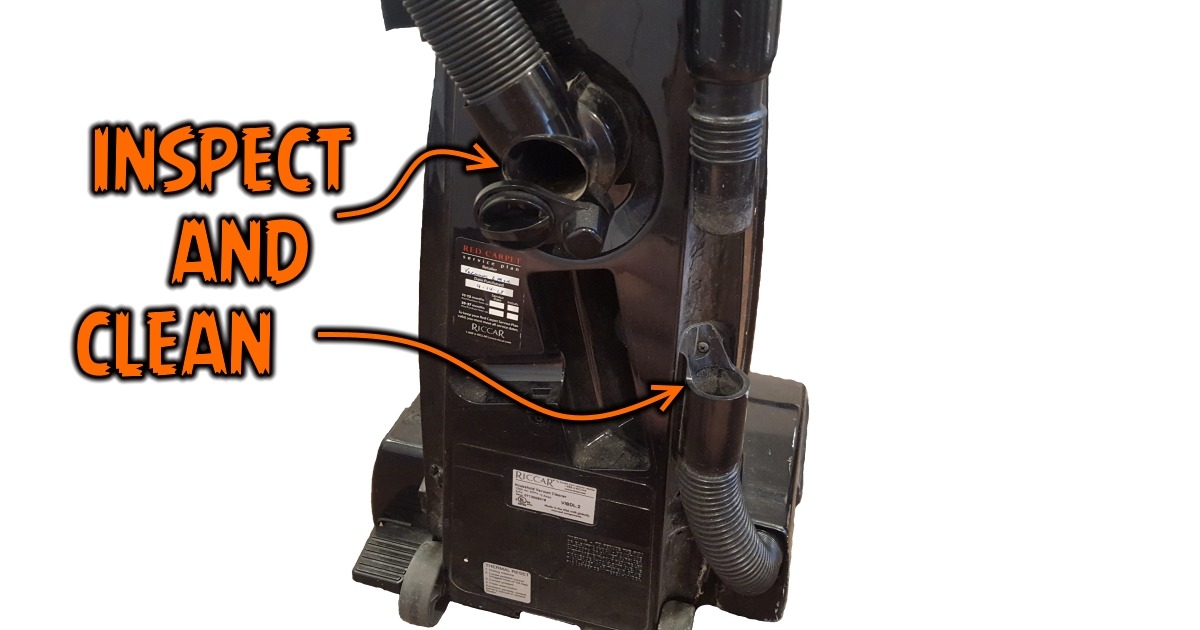
Can we get home economics classes back in schools? Because nobody knows how to do anything anymore, and that includes vacuuming carpet.
As a carpet enthusiast, I watch you, dear residents of Central Indiana, as you haplessly vacuum your carpet. I see the disorganized hither-and-yon patterns, I see the overfilled vacuum bags, I see the clogged hoses, and–worst of all–I see how stinkin’ fast you go.
While this hurts my heart, I’m not mad at you. It’s not your fault. Likely, nobody has ever taken you under the protective umbrella that is expert vacuum instruction. So how can I expect you to know what’s proper, and what’s a proper faux pas?
It starts with your actual vacuum cleaner. Think of it as a giant lung that’s always breathing. What happens when you try to inhale with one hand over your mouth and the other pinching your nose? Conversely, what happens when you try to exhale with one hand over your mouth and the other pinching your nose?
Breathing gets difficult, doesn’t it? When airflow is constricted, breathing becomes inefficient or even impossible–which includes inhaling AND exhaling.
Well, your vacuum cleaner is the same way. It needs to freely suck-in air, and it needs to freely exhaust air. If air is blocked at either the intake or exhaust, performance drops dramatically. So you need to make sure there are no clogs in your vacuum cleaner.
In case that isn’t clear, vacuum cleaners have powerful little motors that suck-in air on one side of the motor, which is the intake, and then blow that same air out the other side, which is the exhaust. So, you see, the air that gets sucked-in doesn’t just disappear. It has to go somewhere, which is why you’ll always, on any vacuum cleaner, find a port that’s blowing air out.
Therefore, you need to make sure both the intake and exhaust are free of clogs, or else your vacuum cleaner will lose power.
Most modern vacuums have little hatches you can open to make sure there are no clogs on the intake side. They are normally located somewhere on the attachments hose. You should regularly check to make sure the hatch is free of clogs.
You should also regularly inspect the various points where hoses and attachments plug into one another. Toothpicks, pieces of broom straw and other flotsam can get stuck in those points and create a dam. Over time, a giant clog of hair and debris will form, killing suction power.

That covers the intake side, but you also need to inspect the exhaust side. Keep your bag or canister as clean and empty as possible. The fuller it gets, the more it will constrict airflow through the exhaust.
Also, if your vacuum cleaner has a HEPA filter, it’s important to keep it clean. They are very, very fine because they filter out extremely tiny particles that would otherwise be blown through the exhaust. Since HEPA filters are so fine, they clog quickly. Regularly clean or replace them to keep the exhaust free.
This is by no means an exhaustive list of all the points you should check on your vacuum. Use common sense and imagine how air travels through your machine, from the head all the way through the bag or canister and out the exhaust port. Keep that entire pathway clean, and your vacuum will function properly.
Now that your machine is in good working order, I’m going to slap your wrist on technique.
You can’t just swish your vacuum around willy-nilly. And you can’t blaze through each room like it’s a race.
Start on one wall, and SLOWLY vacuum back and forth across the room. Then step back and start a new row. I’m not saying you have to proceed at a snail’s pace, but you do need to give your machine time to work.
I think what happens is, we see that our vacuum cleaners are picking up visible bits of debris from the surface of the carpet, and that makes us feel like we’re doing a good job. But it’s important to remember we’re also trying to remove deeply embedded soil that is NOT visible.
If you’re slinging that vacuum around like a 1920s flapper girl at a swing dance, there’s no way it’s removing enough soil. Take your time. Let the machine do its job.
And be methodical about it. Don’t just zip the vacuum over areas where you see debris on the surface. Vacuum ALL of the carpet. Preferably in neat rows so you don’t miss sections.
In fact, I’ll often vacuum an entire room in one direction, and then I’ll turn 90-degrees and vacuum crosswise, as well. Not only does this ensure fantastic soil removal, it also cuts down on accidentally skipping areas.
Finally, don’t forget to use your crevice tool. Every time you vacuum, crevice the edges. We tend to focus on the middle of rooms, forgetting the outermost areas along walls and furniture. Believe me, dirt is present in those areas, and it won’t magically disappear. Your crevice tool is there for a reason, so use it!
The details are what make a room pop and look truly clean, which is why crevicing is so important. It’s good for your carpet, and it also dramatically improves the appearance of your home.
Now, you know I have to sneak a sales pitch in here, so here’s an idea… Everybody likes a clean slate, right? So why don’t you let me come out and clean your carpet, erasing all of your past vacuuming atrocities. You’ll have a fresh start and impeccably cleaned carpet on which to begin your new vacuuming routine!
Call or text me, Ross, any time to set up an appointment. Here’s my personal cell phone number: 317-370-9075. If you prefer email, click here to send a message.








